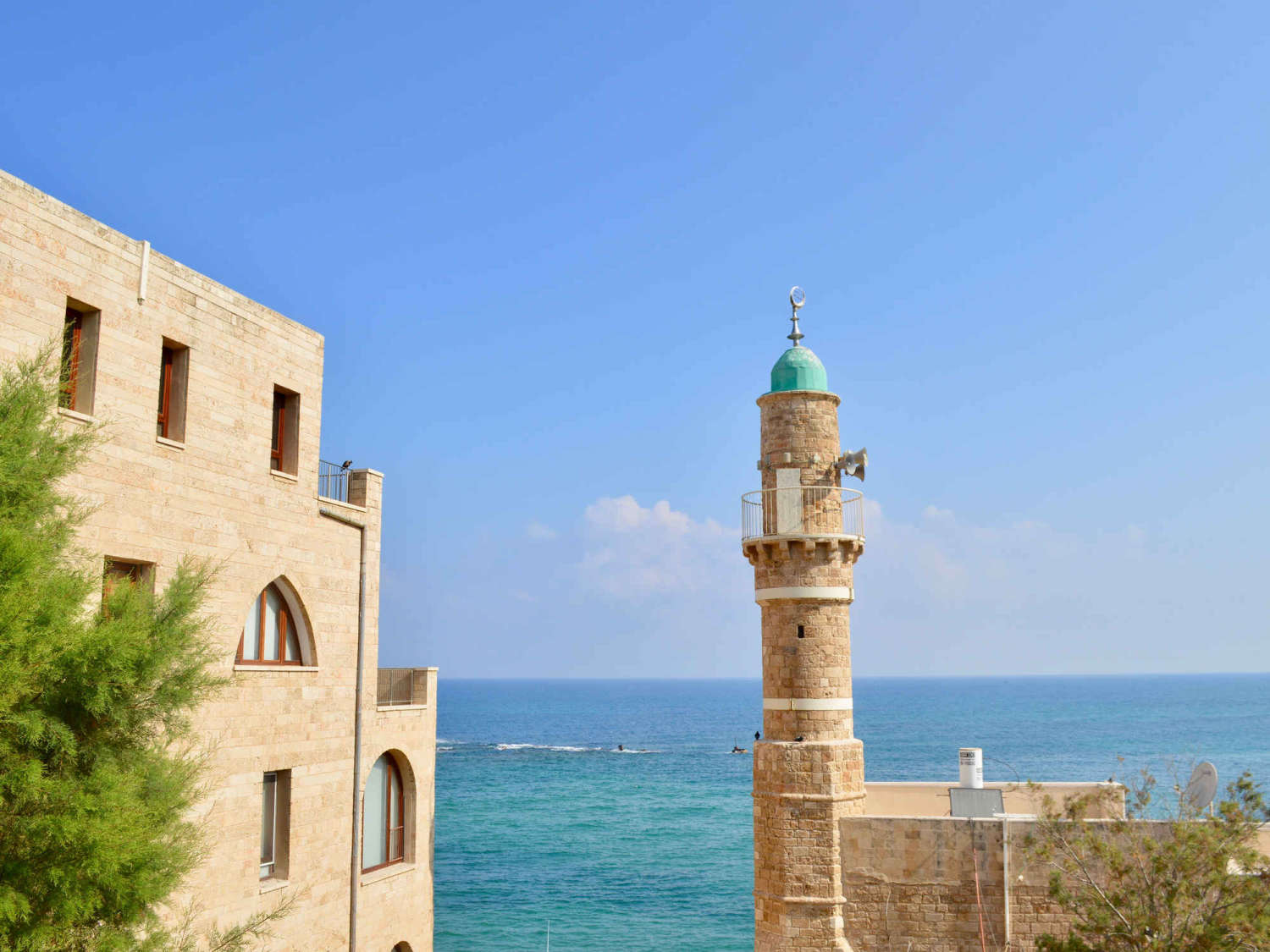While Jerusalem is ageless, Tel Aviv—the multicultural metropolis called the Big Orange by some—is barely a century old. Though linked by an expressway and a high-speed 29-minute train, the two cities are as different as imaginable. Here, our expert Gil Zohar shares a historical guide to visiting the Big Orange, Israel’s heart and party central:
Geography
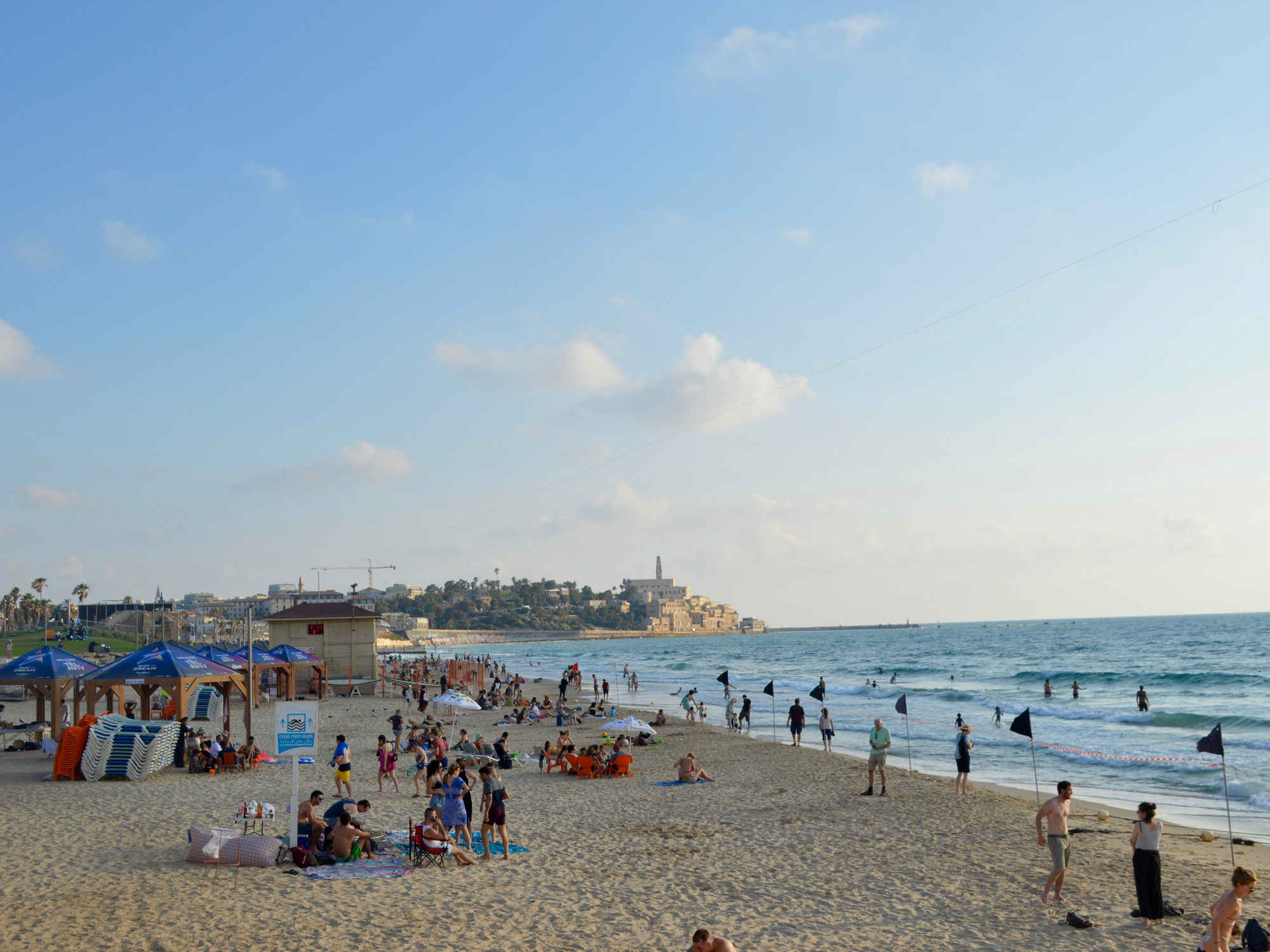
Jerusalem is a poor, mountainous city with many students of religion who ponder the meaning of life; Tel Aviv is a wealthy, flat seaside city that reputedly takes nothing seriously except pleasure. If Jerusalem houses echoes of the ancient world, Tel Aviv shouts about the future. It’s called home by 427,000 residents as well as Israel’s stock market, insurance companies, the Ministry of Defense, Mossad, and Silicon Wadi—Israel’s collection of high-tech corporations like Intel, Microsoft, IBM, Dell, Motorola, and more.
Flanking Tel Aviv on the north, east, and south is an urban and suburban sprawl of satellite cities. This wider area, called Gush Dan, is home to more than two-fifths of Israel’s population of more than 9,000,000. The Hebrew name evokes the tribe of Dan who were driven out by the Philistines 3,000 years ago, finding refuge by a tributary of the Jordan River on Israel’s northern border with Lebanon. And to the west? A ribbon of postcard-perfect beaches packed with bronzed bods and eye candy.
Origins
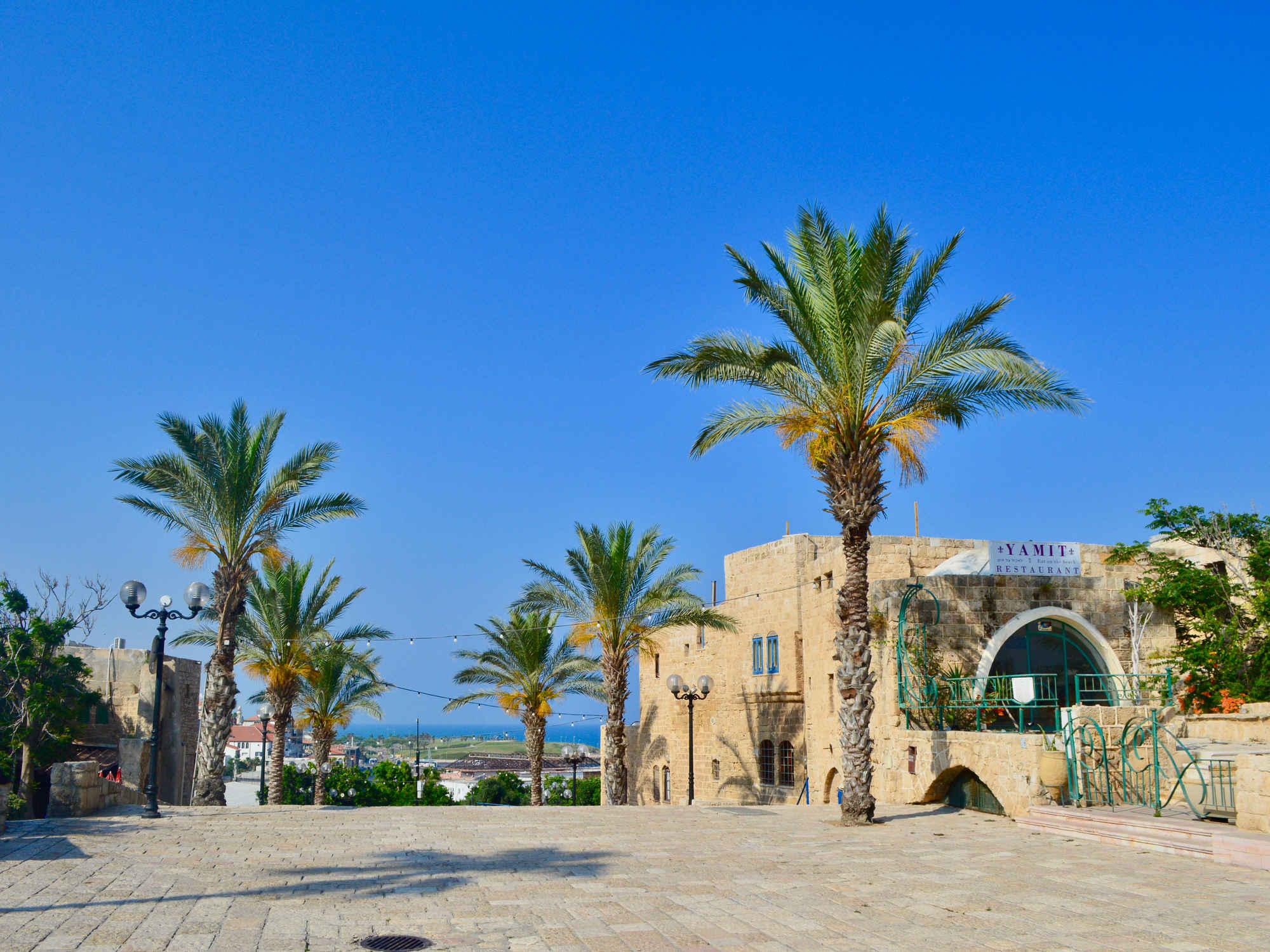
Tel Aviv came into its current shape during Passover 1909, when the city’s 60 founding families met on the sand dunes north of the ancient port of Jaffa (famous for being Jonah’s port of departure before he was swallowed by a whale—or big fish, depending who you ask) to parcel out lands they had purchased from Bedouin tribesman a year before. According to legend, the group’s leader, Akiva Aryeh Weiss, went to the beach on the morning of the lottery and collected 120 seashells, half of them white and half of them grey. He wrote the members’ names on the white shells and the plot numbers on the grey ones. A boy drew names from one box while a girl drew plot numbers from the other.
While Israel’s version of the Plymouth Rock makes a lovely story, the historical truth is less heroic. Weiss and Tel Aviv’s founding mayor, Meir Dizengoff, were bitter rivals. Their squabble set the tone for a century of scandal in what was otherwise a very peaceful city. The most recent major episode was the gunning down of Prime Minister Yitzhak Rabin at a peace rally in front of City Hall in 1995. The assassin was an extremist nationalist who opposed Rabin’s negotiations to establish the State of Palestine on disputed land Israel has controlled since the 1967 Six-Day War. Alas, not everyone agrees to give peace a chance.
The pioneering homesteaders of 1909 debated what to call their garden suburb. They settled on Tel Aviv, a silky Hebrew translation of Zionist visionary Theodor Herzl’s German-language book Altneuland (“Old New Land”). Unbeknownst to the settlers, the name—combining the Hebrew words for an archaeological mound and springtime—was mentioned in the Hebrew Bible (Ezekiel 3:15).
That irreligiosity still characterizes Tel Aviv—a secular yet intensely Jewish city where the beaches are packed on Rosh Hashanah (Jewish New Year), and where the car-free deserted streets are taken over on Yom Kippur (the Day of Atonement) by bicyclists. For an in-depth version of Tel Aviv’s origin story, including a visit to Jaffa, join us for one of our Tel Aviv in a Day private tours.
1930s and Bauhaus
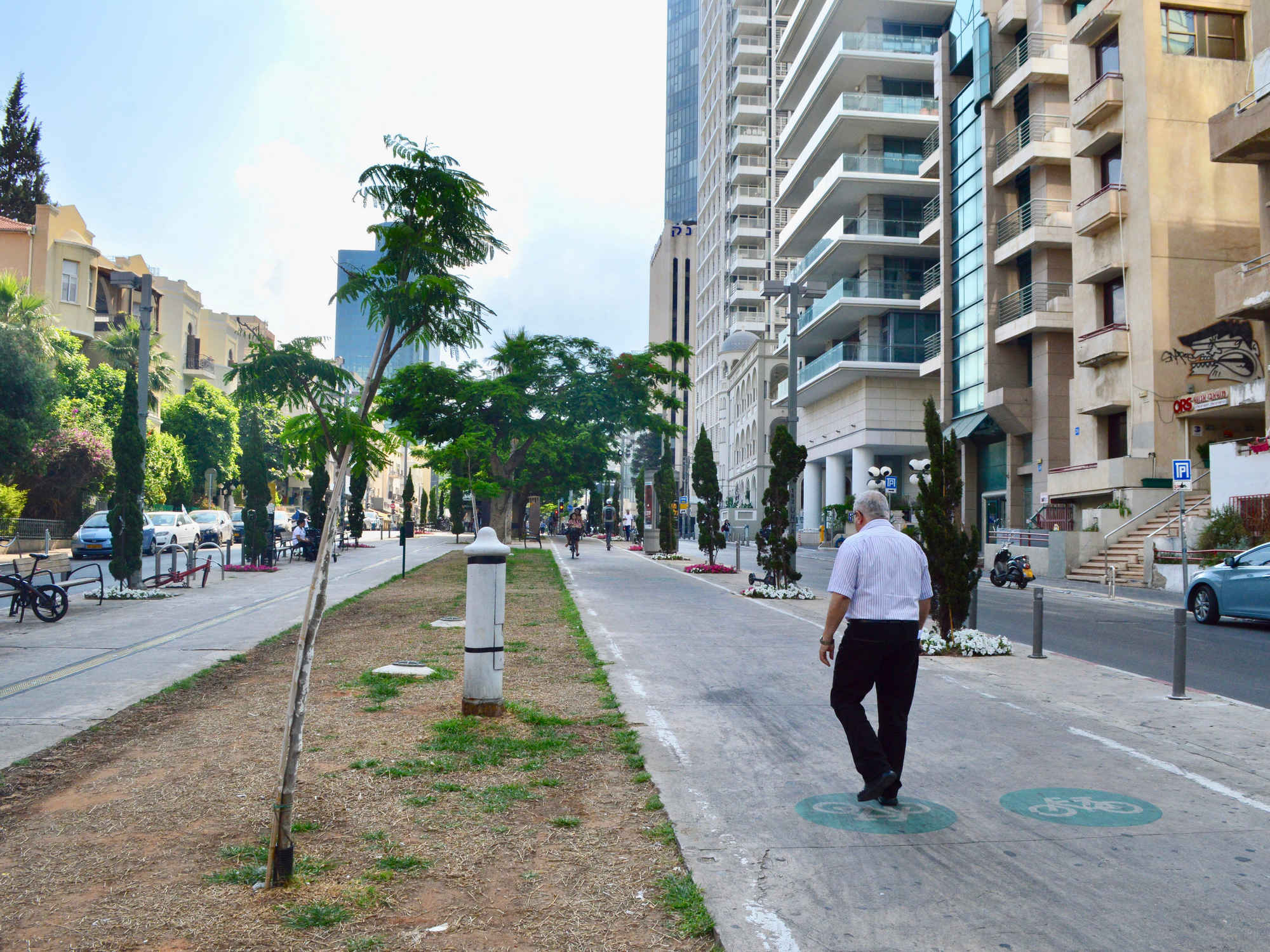
Tel Aviv, called the White City, has the world’s largest assemblage of Bauhaus style buildings. The city’s 4,000 Bauhaus buildings were constructed in 1930s and 1940s by Polish and German immigrants fleeing Nazi Germany, where the low-rise, relentlessly geometric Bauhaus style was despised by the government. The stark structures—unadorned except for curving balconies, “thermometer” stairwells, and porthole windows—boasted airy apartments designed to promote a lifestyle that was healthy and, above all, modern. It was a revolution in design that embraced the future rather than the architecture and culture of the past.
World War II
From its promising Bauhaus heights, Tel Aviv’s architectural stock took a turn for the worse with the outbreak of World War II in 1939. As rents soared, the British government (then in control of the country called Mandatory Palestine) imposed rent controls. Landlords, unable to turn a profit from their newly-built apartment blocks, stopped all upkeep. Neglect, coupled with salty sea breezes, caused the beautiful streamlined White City to deteriorate into a gray urban sprawl.
Post War and the rise of Zionism
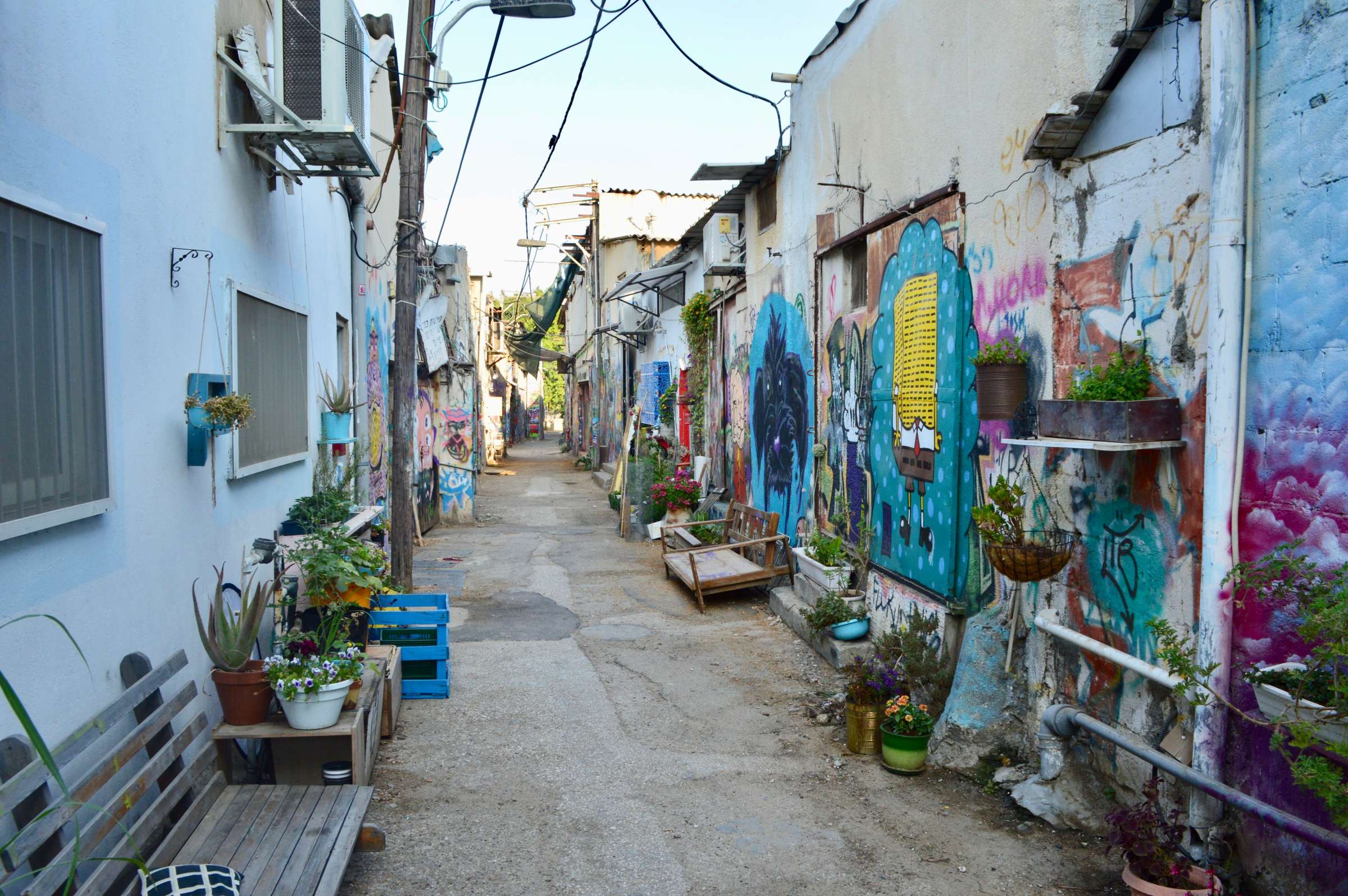
The high point of Zionism (the movement to establish and build a Jewish state in the Jewish people’s biblical homeland) came on May 14, 1948. That Friday in the late afternoon before the Sabbath, the brand-new country’s leadership gathered at the Tel Aviv Museum (formerly the villa of Meir Dizengoff). Many wept as David Ben-Gurion —(Israel’s George Washington—proclaimed independence in the waning hours of the British Mandate. Crowds came downtown to dance the hora and celebrate into the night.
History buffs wanting to learn more about the city’s population will want to check out the genealogical database at the Diaspora Museum on the campus of Tel Aviv University, as well as the nearby Palmach Museum, dedicated to one of Israel's pre-state underground groups. Similarly, art lovers looking for a deeper sense for the city’s evolution will love the Tel Aviv Museum of Art and the Design Museum in neighboring Holon.
Urban Renewal
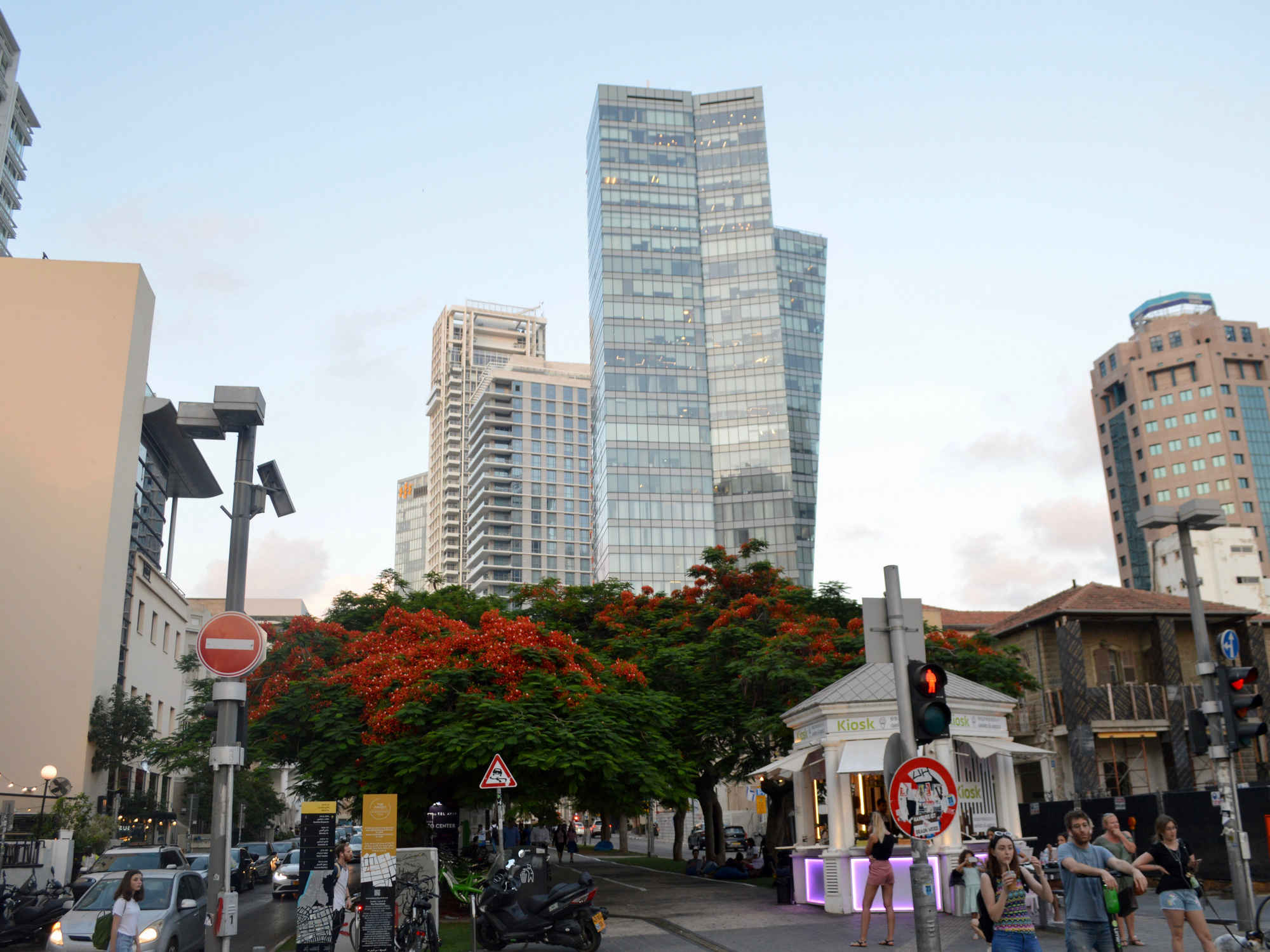
Over the years, the once-chic Allenby Street—named after the British general who drove out the Ottoman Turks in 1917 during World War I—became rundown, and Tel Avivis who could abandoned the city for distant suburbs.
The downward spiral hit bottom as Tel Aviv was celebrating its 50th year. The landmark Herzliya Gymnasium was torn down to make room for the Shalom Meir tower. At 34 stories, the tower is dwarfed by high rises today but was—at the time of construction—the tallest building in the Middle East, and Tel Aviv’s first skyscraper. The destruction of the iconic Herzliya high school both sparked the revitalization of the neighborhood and sparked an ongoing conservation movement to preserve heritage buildings in the future.
Meir Dizengoff, who used to inspect his new town on horseback, would be astonished by the area’s prosperity today, as well as its sexual and cultural freedom. But one thing Dizengoff would recognize—a spanking new statue of himself on horseback unveiled for Tel Aviv’s centennial, saluting the birthplace of modern Israel.
Want to see it for yourself? Join Context for a private tour of Tel Aviv, or see its alternative side in our street art and markets tour.
Gil Zohar was born in Toronto, Canada and moved to Jerusalem in 1982. A licensed tour guide and journalist, he writes extensively about religion and the Middle East. As a tour guide, he loves to weave together the region's multiple narratives.
